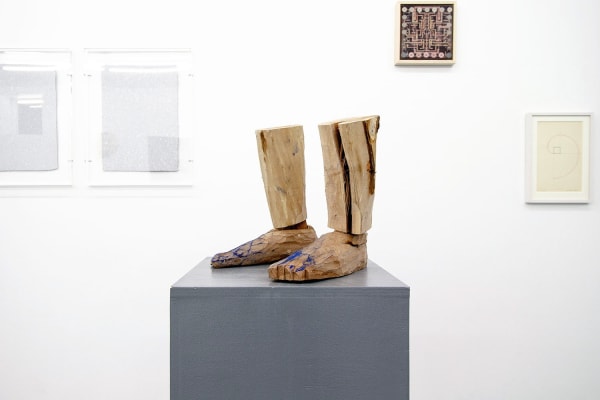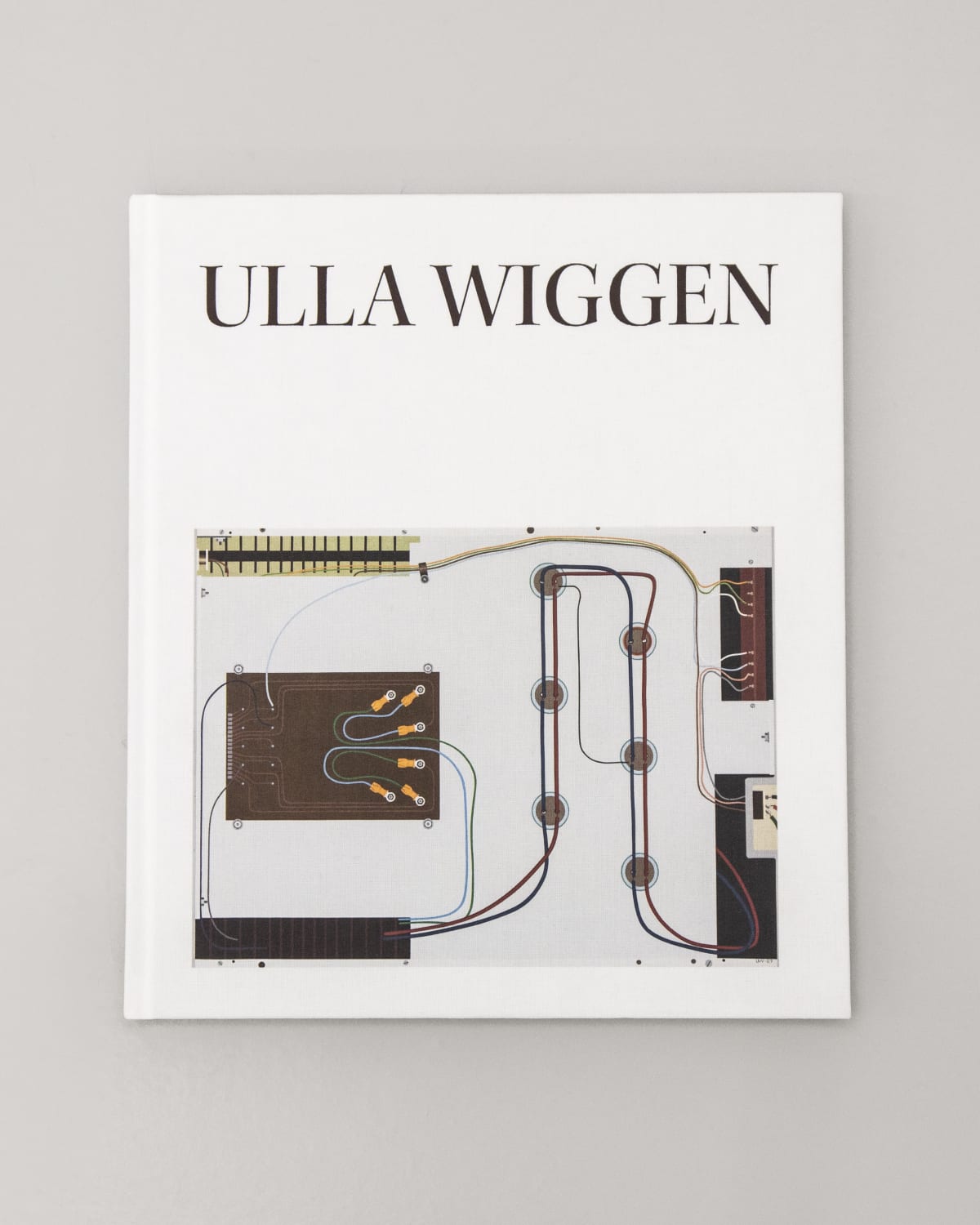Ulla Wiggen b. 1942
Ulla Wiggen was born in Stockholm, Sweden, where she lives and works.
Wiggen rose to fame in the 1960s with her internationally acclaimed electronic paintings. Wiggen has worked as a psychotherapist for many years, painting portraits and doing commissions sparsely. After retirement she returned to being an artist full time, now focusing on the inside of the human body, and in later years on human irises specifically.
Wiggen has participated in numerous international exhibitions in recent years, including the 59th Venice Biennale: Milk of Dreams (2022), "Worlds of Networks", Centre Pompidou, Paris (2022), "Party for Öyvind", Museum Tinguely, Basel and Sven-Harrys Konstmuseum, Stockholm (2022). Solo shows include Galerie Buchholz, Berlin (2023), Galerie Buchholz, Cologne (2020), Belenius Stockholm, 2020 and Moderna Museet, Stockholm (2013). Wiggen's work was featured in an article by Ina Blom in Artforum, where her work was on the cover (2019).
In February 2024, a retrospective of Wiggen’s work INSIDE / OUTSIDE opened at Fridericianum in Kassel, Germany. The exhibiton is on view until July 28, 2024 and will later travel to EMMA Museum in Esbo, Finland.
A monograph of Wiggen's work was published by Art & Theory in 2022.
Ulla Wiggen started her career in the beginning of the 1960s, painting in a highly matter of fact technique the new world of electronic components and digital equipment – at once strictly objective and enigmatic. She was a pioneer exploring this subject at a time when hardly anybody could forsee the digital revolution, thus confirming Marshall McLuhan's words: ”the artist picks up the message of cultural and technological challenge decades before its transforming impact occurs.” In 1966 she took part in the legendary Experiments in Art and Technology in New York as an assistant to Öyvind Fahlström, whose radical approach to art was a decisive inspiration in Wiggen’s artistic development. In the 1970s, parallel to her work as a psychotherapist, she painted a serie of portraits, factual and secretive as her electronic components.
In recent years her focus has shifted from the inside of computers to the inside of the human body: paintings depicting the iris, the kernel of vision and epistemology. Her meticulous studies of the eye move between objectivity and mystery in an imaginative spectrum from irises, to temperaments, vibrant flowers and cosmological drama.
– Peter Cornell
-

Blick
Ulla Wiggen 26 Sep - 3 Oct 2020(English below) Lördagen 26/9 2020 klockan 17:00-19:00 öppnar Belenius utställningen Blick av Ulla Wiggen. Vi visar tre nya målningar ur Wiggens iris-svit. Efter en blomstrande karriär på 1960 talet där...Read more -

One work by each artist
16 Nov - 7 Dec 2019One work by each gallery artist, exhibition curated by intern Märta Öringe for gallery weekend Stockholm 16-17th of November. Exhibition runs until the 7th of December Beth Laurin Bigert &...Read more -

MONOPOL
10 - 14 Apr 2019Dick Hedlund (SE) Oskar Korsár (SE) Jone Kvie (NO) Maria Lassnig (AT) Jeanette Mundt (US) Tobias Pils (AT) Bunny Rogers (US) Magnus Thierfelder (SE) Charlotte Walentin (SE) Ulla Wiggen (SE)...Read more -

CHART Art Fair, Copenhagen
31 Aug - 2 Sep 2018Bigert & Bergström Nadine Byrne Inez Jönsson Camilla Løw Anders Sletvold moe Ulla Wiggen Together with Elastic galleryRead more -

Ulla Wiggen
Ulla Wiggen 18 Jan - 17 Feb 2018I think all paintings are somewhat self portraits. 'There's so much within one's own, you've not yet put into words, what you're aware of is a small tip of everything...Read more
-

Ulla Wiggen, Passage at EMMA Museum, Espoo
June 25, 2024Ulla Wiggen Passage 18.09.2024 - 26.01.2025 EMMA – Espoo Museum of Modern Art At EMMA, the retrospective exhibition Passage opens with the detailed, poetic paintings...Read more -

Ulla Wiggen, Outside/Inside at Fridericianum, Kassel
January 15, 2024February 24, 2024 – June 2, 2024 Opening: February 23, 2024, at 7 PM Friedrichsplatz 18, 34117 Kassel The Fridericianum in Kassel honors the work...Read more

























